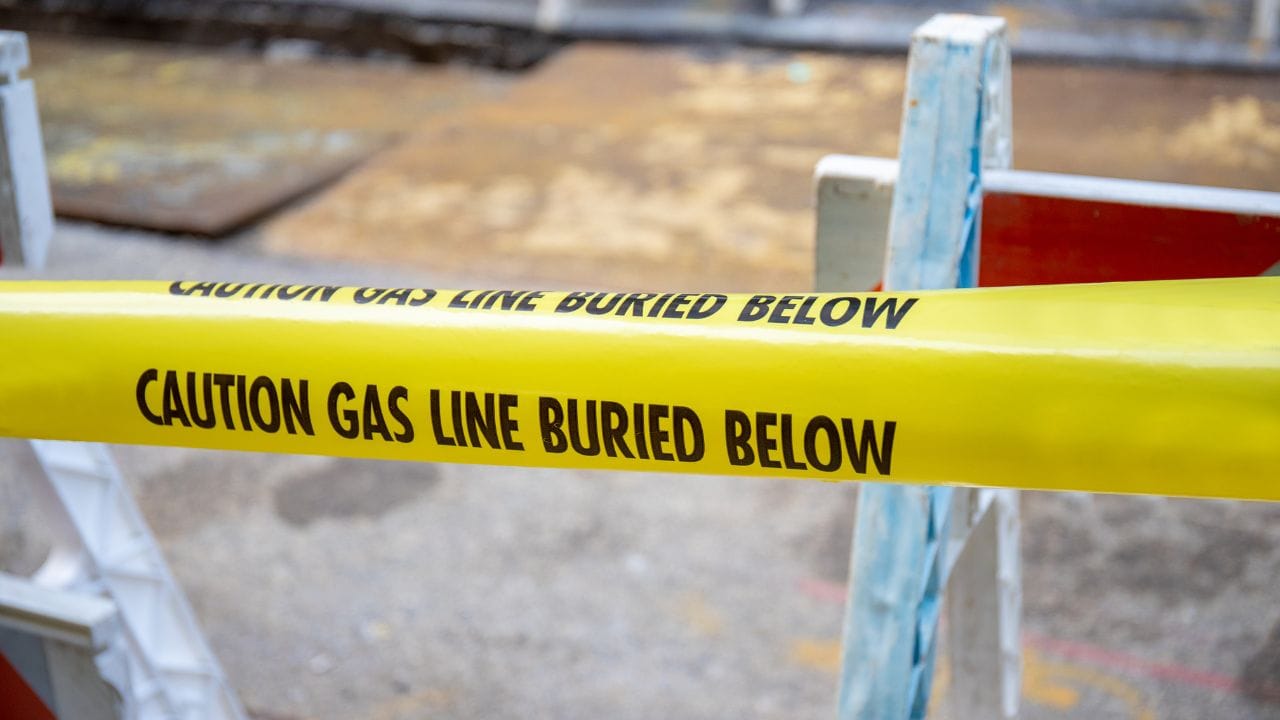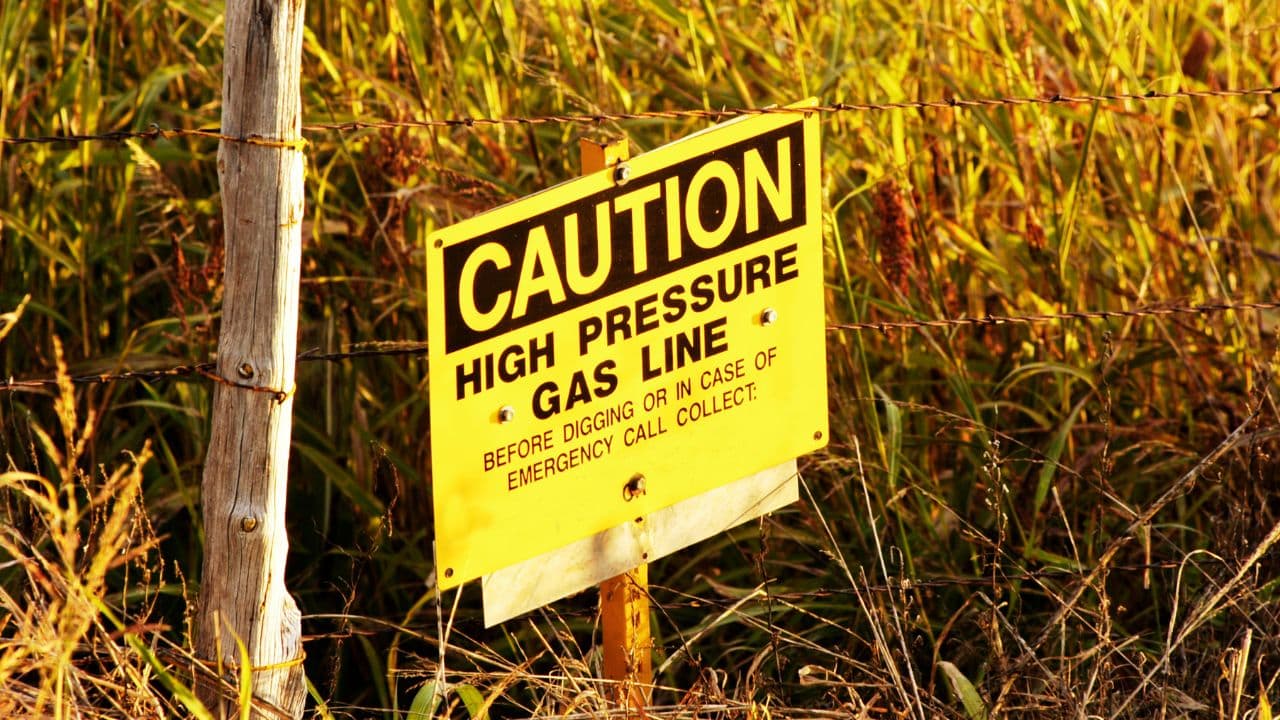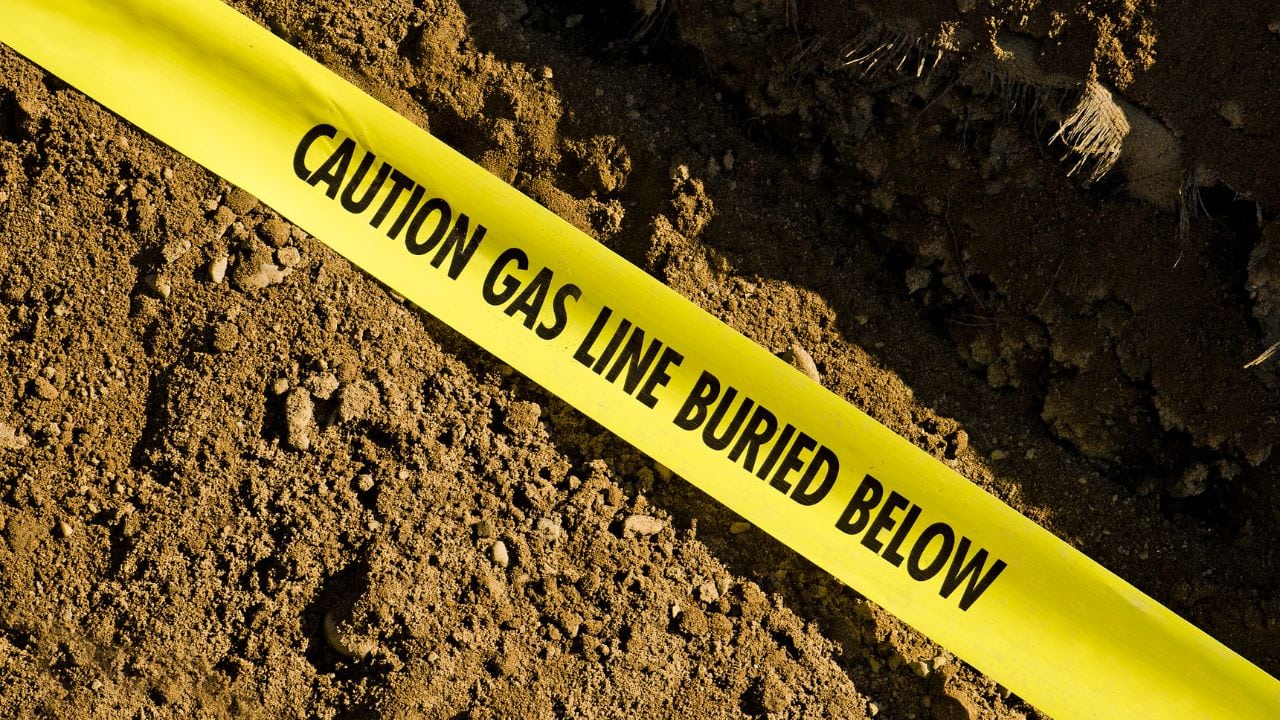Key Takeaways:
- DIY tools are not as reliable as professional underground utility locating equipment.
- The cost of utility locating services is minimal compared to the risk of damaging a gas line.
- Gas lines are difficult to locate without proper technology and expertise.
- Utility locating services are necessary for both small and large-scale excavation projects.
- Gas lines are not always clearly marked, making professional underground utility locators essential for safety.
When it comes to excavation projects, gas line safety is one of the most critical concerns. Inaccurately locating gas lines can lead to dangerous accidents, expensive damages, and significant delays. As a result, underground utility locating services have become essential. However, despite the importance of professional utility locating services, there are several misconceptions surrounding the process and the tools involved.
Top 5 Myths About Gas Line Locating Services Debunked has the following key points:
- DIY Locating Tools Are Just as Reliable as Professional Services
- Gas Line Locating Services Are Too Expensive
- Gas Lines Are Easy to Locate Without Any Special Tools
- All Gas Lines Are Clearly Marked and Easy to Identify
One of the most significant misconceptions is that DIY utility locating tools can adequately replace professional services. But are these myths true? In this article, we’ll debunk the top five myths about gas line locating services, clarify the importance of hiring a professional underground utility locator, and help you understand how these services ensure the safety of your property and the public.
Common Myths about Hiring Professionals for Gas Line Locating
Let’s debunk the top 5 myths so you can move forward on your next project with confidence and safety.
Myth 1: DIY Locating Tools Are Just as Reliable as Professional Services
The Myth:
A common myth is that DIY gas line locating tools can perform the same job as professional utility locating services. Many people believe that with a simple tool purchased from a hardware store, they can locate gas lines with the same accuracy and safety as a professional underground utility locator.
The Reality:
While DIY tools might seem like a cost-effective option, they are not as reliable as professional equipment. Underground utility locating requires precision, and inaccurate readings can lead to accidents or damage. Professional tools, such as ground penetrating radar (GPR) and electromagnetic locators, are designed to detect the location, depth, and type of utility lines with high accuracy.
These tools are used by experienced technicians who understand how to interpret the data correctly. DIY tools, on the other hand, often lack the accuracy and depth detection capabilities necessary to locate gas lines reliably. Inaccurate readings could result in accidental damage, costly repairs, and even public safety risks.
Conclusion:
For accurate and safe gas line location, hiring a professional underground utility locator is essential. These experts use sophisticated equipment to ensure your project proceeds smoothly and safely.
Myth 2: Gas Line Locating Services Are Too Expensive
The Myth:
Many individuals believe that hiring utility locating services is an unnecessary expense that they can avoid. The idea is that gas line locating is a simple task that doesn’t require professional help, and therefore, it’s best to cut costs by doing it themselves.
The Reality:
While it’s true that utility locating services come at a cost, the price is a small fraction compared to the potential cost of damaging a gas line. Gas line repairs, emergency response services, and possible fines for breaking a gas line can run into thousands of dollars. In addition, accidents could lead to property damage, injury, or even loss of life.
By hiring a professional underground utility locator, you reduce the risk of costly accidents. The small investment in professional services can ultimately save you a significant amount of money and keep your project on track.
Conclusion:
Considering the potential costs of gas line damage, hiring a professional underground utility locator is a cost-effective way to protect your property and avoid serious financial consequences.
Myth 3: Gas Lines Are Easy to Locate Without Any Special Tools
The Myth:
Another myth is that gas lines are easy to locate, especially if you already know the general area where they are buried. Some people believe that simply digging in the right location is sufficient to avoid hitting a gas line.
The Reality:
Gas lines can be difficult to detect without proper training and equipment. In some areas, gas lines are buried several feet underground, and over time, they may shift or become obscured by other underground infrastructure. Additionally, gas lines may be surrounded by other utilities such as water, electricity, and telecommunications lines, making it harder to locate them accurately.
Professional utility locating services use high-tech equipment such as electromagnetic locators and ground-penetrating radar to detect the precise location of gas lines. These tools can detect even the smallest changes in the ground, ensuring that gas lines are marked accurately and safely.
Conclusion:
Locating gas lines is not as simple as it seems. It requires the expertise of an underground utility locator with the right tools to avoid costly mistakes and ensure public safety.
Myth 4: Gas Line Locating Is Only Needed for Major Construction Projects
The Myth:
A common misconception is that utility locating services are only necessary for large-scale construction projects or urban developments. Some people assume that smaller projects, like landscaping or home renovations, don’t require gas line locating because they aren’t digging deep enough.
The Reality:
Even small-scale projects can hit gas lines if they aren’t properly located. For example, digging to install a fence, plant trees, or repair a driveway may seem harmless but could easily hit a buried gas line. Gas lines are often buried at depths that can be reached with common household tools.
Professional underground utility locating is necessary for any project involving digging, no matter how small. By using an underground utility locator, you ensure that your excavation is safe and that you’re aware of any hidden gas lines or other utilities.
Conclusion:
Regardless of the size of the project, utility locating services are essential to ensure safety and avoid accidental damage to underground utilities, including gas lines.
Myth 5: All Gas Lines Are Clearly Marked and Easy to Identify
The Myth:
Some people believe that gas lines are always clearly marked on-site or are easy to identify once you start digging. The myth suggests that gas companies always provide clear, visible markings and that all buried lines are well-documented.
The Reality:
While utilities are sometimes marked, these markings are not always accurate or visible. Markings can fade over time, get covered by dirt, or be inaccurate due to previous construction work or faulty mapping. In some cases, old gas lines that are no longer in use may not be properly documented at all.
Relying solely on these markings can lead to dangerous accidents. Utility locating services provide a more reliable and accurate way to locate gas lines. With professional equipment, underground utility locators can precisely identify gas lines’ locations and depths, even if previous markings are no longer visible.
Conclusion:
Never assume that gas lines are clearly marked. Underground utility locating by professionals is the best way to ensure safety and avoid the risk of hitting an unmarked or inaccurately mapped gas line.
Why You Should Always Hire a Professional Gas Line Locator
In conclusion, there are several myths surrounding gas line locating that can lead to dangerous situations and costly mistakes. Relying on DIY tools, assuming gas lines are easy to identify, or thinking that gas line locating services are unnecessary can put your property and the public at risk.
Hiring a professional underground utility locator ensures that gas lines are located accurately and safely. The use of advanced technology and the expertise of professional utility locating services can prevent gas leaks, explosions, and costly repairs. Whether you’re embarking on a large construction project or a small home renovation, professional utility locating services are a vital part of any excavation project.
If you’re in need of reliable, accurate gas line locating, trust Util-Locate. Our team of experts uses the latest technology to ensure your project proceeds safely and efficiently. Contact Util-Locate today to schedule your underground utility locating service and protect your property and the public.




